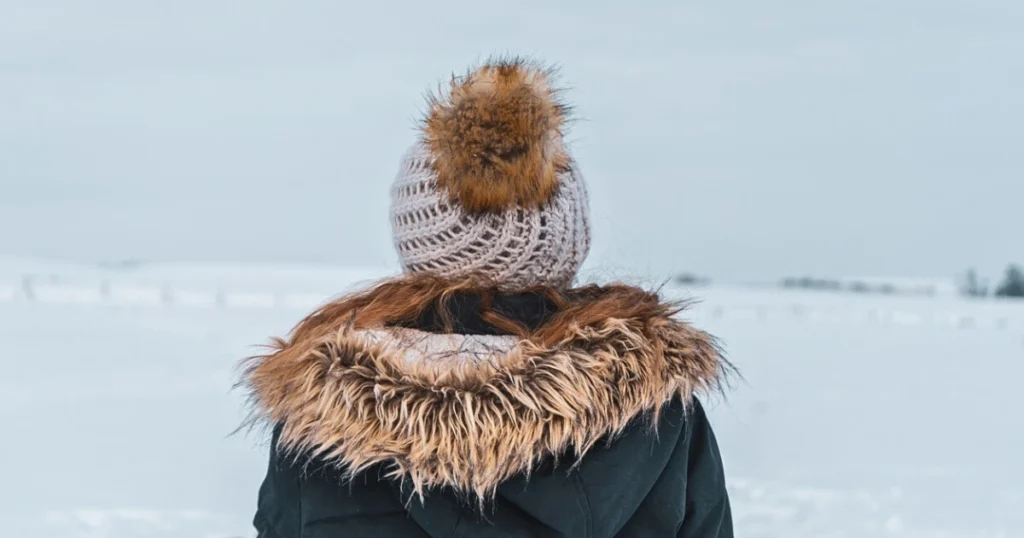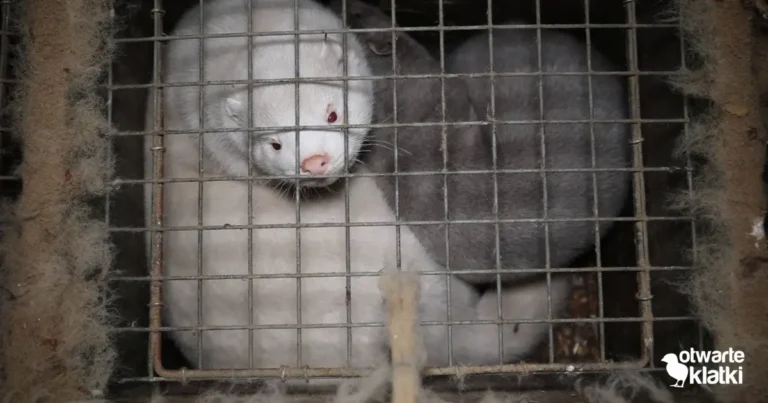
The Fur-Bearers believe that animals shouldn’t be exploited for their fur. But that doesn’t mean we support the use of faux furs as a replacement. Here’s our top three reasons why we say to not wear fake fur:
1 Fur is not a commodity, and real or fake, wearing fur sends the wrong message. You’ve seen the magazines and clips of fashion shows on TV. Fur boots here, fur-trimmed jackets there, but is it real or fake? We may never really know. Faux furs can look so real that the average person can’t tell the difference. We don’t know if fake fur has normalized the “look” of fur or if it boosts the sale of real fur. But it’s not doing the animals any favours, either way.
2 Labels can lie. Even the kindest-hearted, animal-loving, fake fur-wearer can be tricked into supporting the fur industry’s cruelty. An investigation of 25 fur-trimmed jackets tested by the Humane Society of the United States found that every single one was falsely advertised, falsely labelled, unlabelled, or had a combination of these problems. Twenty items were identified by laboratory testing as raccoon dog, and three were domestic dog. This has occurred in Canada, as well, such as when Kit and Ace were selling raccoon dog (similar to domestic dogs) fur as wild raccoon fur. Canadian governments have refused since at least 2011 to update legislation that currently does not require fur to be labelled on clothing or items, nor the species or country of origin. It is legal to import dog and cat fur into Canada, due to loopholes like this. As Canadians can’t reliably know what is real or fake fur, it’s best to avoid.
3 Eco-nightmares. The fur industry wants you to believe that real fur is “natural” and faux fur is bad. The reality is neither is good for the environment.
Animals are killed for their fur either in body-gripping traps or snare in the wild, or on commercial fur farms where they’re kept in wire-bottomed cages and unable to express their natural behaviours. Once skinned, pelts go through a vigorous chemical process to prevent skins from decomposing.
The keeping of thousands of animals in small cages also creates significant environmental hazards and risks to public health and wildlife.
Many types of fake fur are also harmful to the environment, as they are made from non-renewable petroleum products, and may sit in landfill for hundreds of years – if not longer – before breaking down.
What's the solution?
Simply say no to fur! By not wearing fur, real or fake, you’re voting against it with your dollars, not contributing to the look of fur as desirable or fashionable, and showing that natural materials that don’t require direct harm to wildlife are not only available, but awesome.
Here’s a few more tips:
- Reduce, re-use, and recycle! Avoid buying fast fashion and check out local reuse centres, thrift shops, and vintage stores, for items that will last. This will save you money, too!
- Focus on all-natural fibres like hemp, organic cotton and bamboo, and flax.
- Ask an advocate! If you’re looking to reduce your impact on the environment or animals, talk to a friend, neighbour, or email The Fur-Bearers for suggestions on how to switch up your choices.
